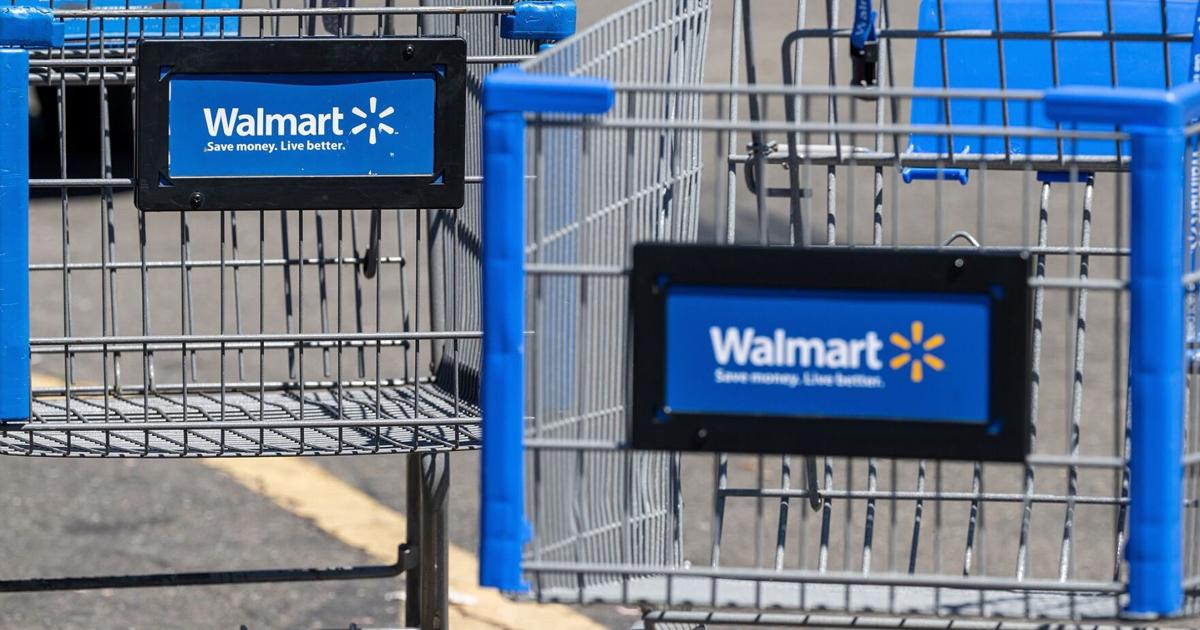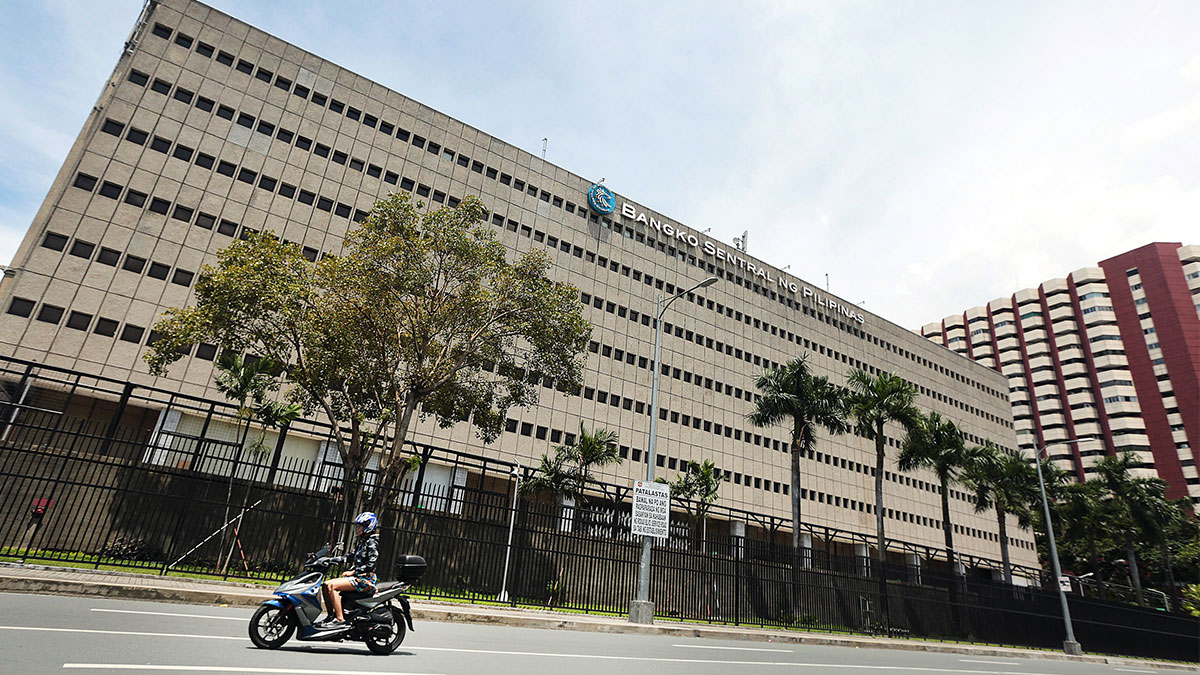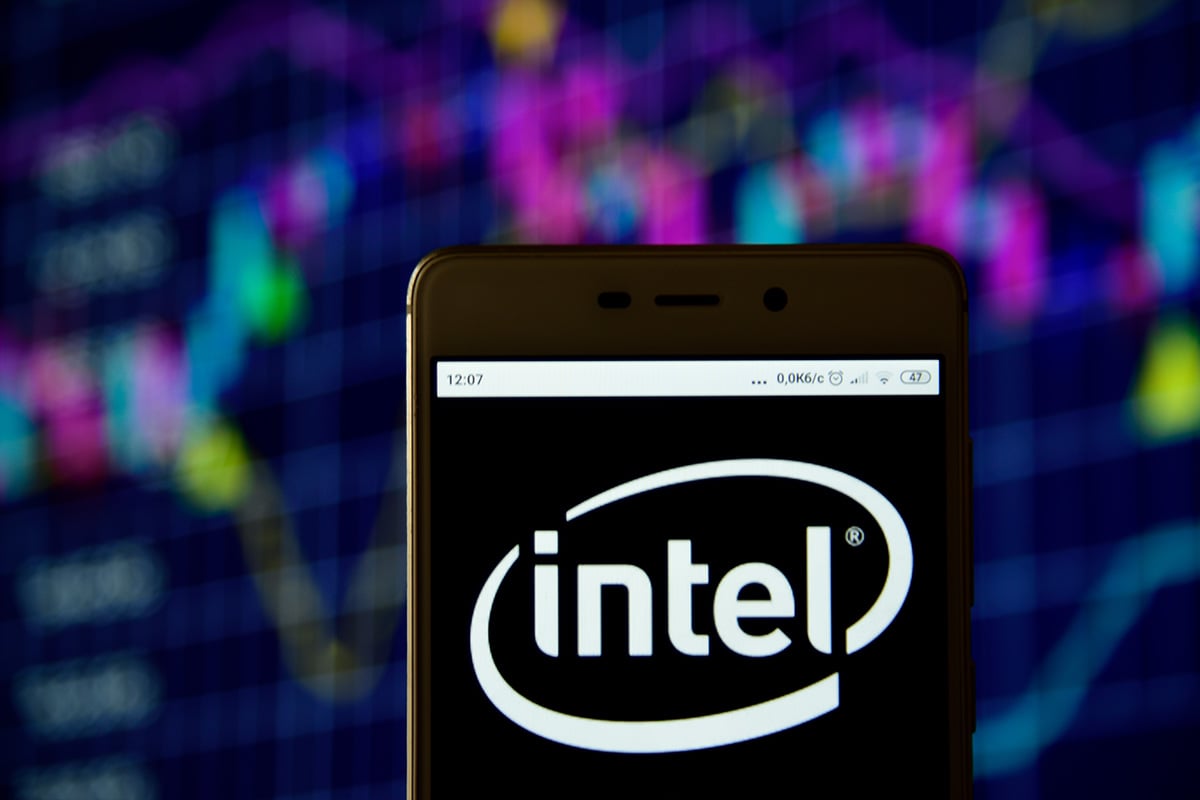Walmart announced Wednesday that it will remove artificial dyes and 30 other additives — including artificial sweeteners, fat substitutes, and various preservatives — from its U.S. private-brand food and beverage products. This decision reflects a growing corporate response to evolving consumer preferences and ongoing regulatory efforts addressing food additives.
The movement to eliminate such additives has gained momentum in recent years, particularly driven by state lawmakers in California. This year, the effort has accelerated amid Health and Human Services Secretary Robert F. Kennedy Jr.’s “Make America Healthy Again” (MAHA) initiative.
Walmart’s change will affect brands such as Great Value, Marketside, Freshness Guaranteed, and bettergoods, with full implementation expected by 2027.
“Our customers have told us that they want products made with simpler, more familiar ingredients — and we’ve listened,” said Walmart U.S. President and CEO John Furner in a news release. “By eliminating synthetic dyes and other ingredients, we’re reinforcing our promise to deliver affordable food that families can feel good about.”
### Artificial Dyes Being Removed
Walmart will eliminate 11 artificial dyes, including:
– Blue dyes No. 1 and No. 2
– Green dye No. 3
– Red dyes No. 3, No. 4, and No. 40
– Yellow dyes No. 5 and No. 6
– Citrus red dye
– Orange B dye
– Canthaxanthin (an orange-red pigment naturally found in bacteria, algae, fungi, crustaceans, and tissues and egg yolk from wild birds)
Most of these dyes, except canthaxanthin and orange B, are petroleum-derived and commonly used to make food and beverages brightly colored and more appealing.
### Health Concerns and Regulatory Actions
The push to remove artificial dyes arises from concerns over their potential negative effects on animal and human health, such as increased cancer risk and neurobehavioral issues.
In California, red dye No. 3 was banned statewide in October 2023, followed by a ban on six other common dyes in school foods in September. The U.S. Food and Drug Administration (FDA) banned red dye No. 3 effective January 15, 2027, for food and January 18, 2028, for drugs but has encouraged companies to phase it out sooner.
In March, West Virginia passed one of the most comprehensive laws to date, prohibiting seven dyes and two preservatives.
### Other Additives Being Removed
In addition to dyes, Walmart plans to eliminate certain preservatives such as butylparaben and propylparaben; fat substitutes including synthetic trans fatty acids and sucrose polyester; and artificial sweeteners advantame and neotame.
### Industry and Expert Reactions
Brian Ronholm, Director of Food Policy at Consumer Reports, praised Walmart’s commitment: “This commitment is a bold declaration and response to consumer sentiment that has become increasingly wary of the long list of chemicals found in so many processed foods. Walmart’s decision shows that food companies don’t have to wait for the FDA’s regulatory process to catch up with the science.”
Many of the ingredients being removed, including red dye No. 3, are already banned or rarely used. According to Walmart’s news release, about 90% of the company’s house-brand products are already free of synthetic dyes.
Dr. Marion Nestle, Paulette Goddard Professor Emerita of Nutrition, Food Studies, and Public Health at New York University, emphasized Walmart’s influence:
“Walmart accounts for 25% to 30% of all grocery sales in the United States and anything it does reverberates throughout the entire industry. If it is removing the artificial colors from its house brands, other retailers will have to follow suit.”
Nestle noted that major food companies such as Kraft Heinz, General Mills, WK Kellogg Co., The Campbell’s Company, PepsiCo, and Utz have pledged to remove artificial dyes by 2027, responding to the Trump administration’s April request for voluntary product reformulation.
“This is a big MAHA win, and one that food advocates have urged for decades,” Nestle said. “I’m hoping MAHA will build on this and now take on more important issues.”
Dr. Jennifer Pomeranz, Associate Professor of Public Health Policy and Management at NYU’s School of Global Public Health, highlighted the role of state regulations:
“Food companies are not going to create ‘better’ products for one state — especially California, which has one of the biggest economies in the world — or for several states, so they are forced to change the ingredients in their food nationally.”
### How to Avoid Artificial Dyes and Additives
Experts recommend reading ingredient lists to avoid food dyes and additives until regulations, bans, and reformulations take full effect. Ingredients labeled with the word “lake” indicate water-insoluble dyes often used in oily or low-moisture foods.
Since these additives are typically found in ultraprocessed foods—products made with industrial techniques and ingredients “never or rarely used in kitchens,” according to the Food and Agriculture Organization of the United Nations—avoiding ultraprocessed foods can significantly reduce intake.
Ultraprocessed foods are usually low in fiber and high in calories, added sugars, refined grains, fats, sodium, and additives designed to enhance appeal. Numerous studies link their consumption to health issues including type 2 diabetes, cardiovascular disease, obesity, premature death, cancer, depression, cognitive decline, stroke, and sleep disorders.
—
Stay informed and connected — subscribe to The Philadelphia Tribune NOW!
[Click Here]
—
*This article aims to provide accurate, up-to-date information about Walmart’s initiative and ongoing food additive regulations. Please avoid obscene, vulgar, lewd, racist, or sexually-oriented language in comments. Threats or dishonest claims will not be tolerated. Be respectful and use the ‘Report’ link to flag abusive posts.*
https://www.phillytrib.com/news/health/walmart-will-remove-dyes-and-other-additives-from-its-us-house-brand-products-by-2027/article_901e1e12-514a-44c3-b265-18df1bc818fa.html




